-
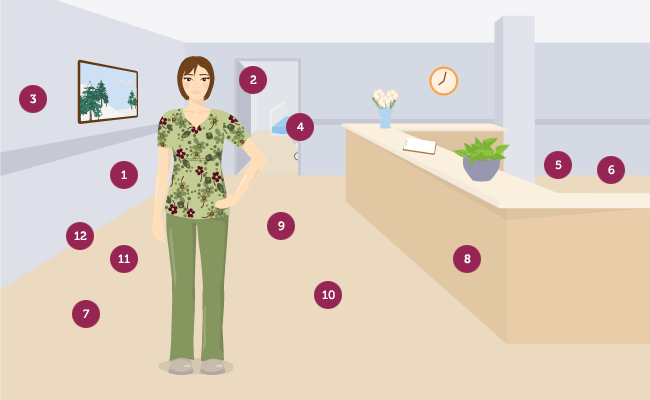
You can do these stretches in minutes, right in the workplace. Pick your problem area on the left or find a hotspot on the image above, then select the stretch. Our Scrubs mag nurse will show you how to perform it!
-

Here's a quick, but effective stretch that you can do between assisting patients. Keep your legs at shoulder width and put your hands on your lower back. Next, lean back (bending at the lower back). Go as far backwards as you feel controlled. This is called a "standing backbend" and will relieve stress in the lower back. Hold this stretch for 30 seconds. A nurse's lower back tends to get tight due to leaning forward in a "hunch" position, giving you tight hip flexors and tight hamstrings.
-
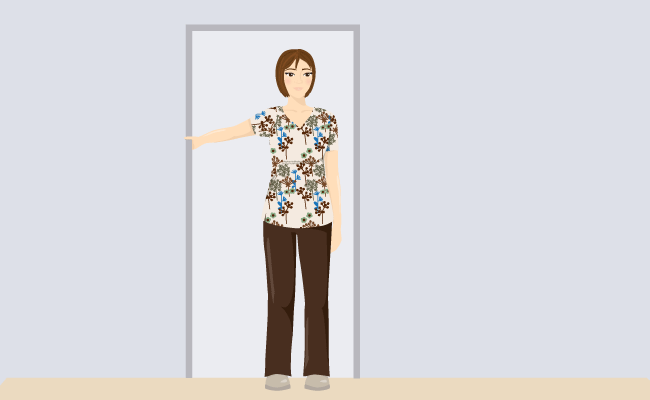
Hold on to a doorway with one arm with slightly bent knees. Then, with the arm that is holding on to the doorway turn your torso away, almost as if you are pulling into the opposite direction to get a deep contraction. If a doorway is unavailable, hold onto anything that will give constant support to hold the stretch. Hold the stretch for 30 seconds. Your "lats" can get tight due to excessive sitting, keeping poor posture by having rounded shoulders, and excessively using your shoulders by engaging the rotator cuff.
-
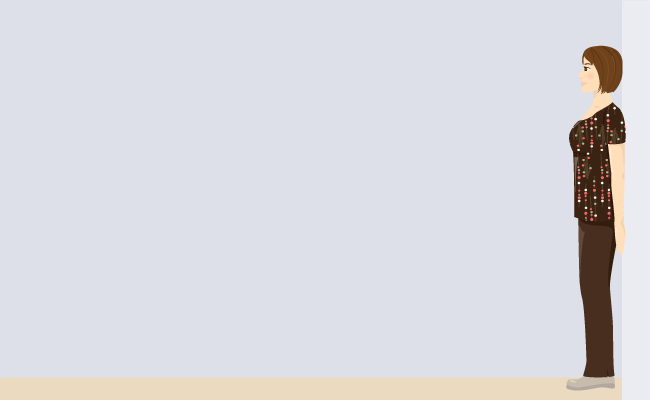
Stand with your back against the wall. Imagine a string pulling the top of your head straight up, flatten the low back into the wall, keep the neck straight and elongated. Repeat until lower back pain is alleviated.
-
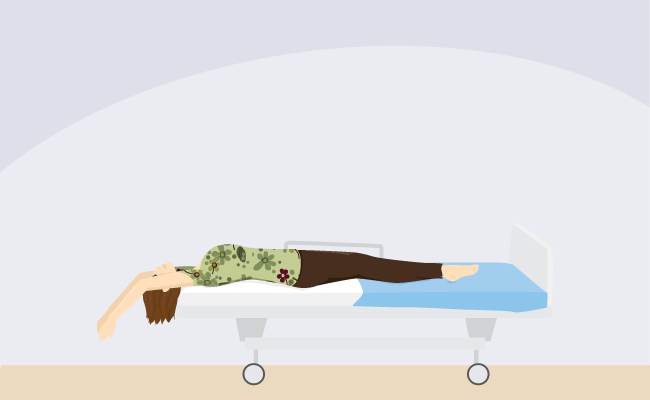
Find a bed in an unoccupied room. Lie on your back with arms extended overhead with a slight bend in the elbows. Dangle your head gently off the foot of the bed. Hold this stretch for 30 seconds. The upper trapezius and deep cervical neck muscles are extremely overactive on most nurses due to excessive sitting, typing, and talking on the phone while performing work. These activities can cause nagging pain in your upper back. This stretch will relieve these areas by stretching the entire back.
-

Sit comfortably on a chair. Cross your right ankle over your left knee. With both hands, reach under your right knee and pull up toward your chest. Leaving your ankle on the knee, lean slightly forward on a diagonal, so your left shoulder moves toward right knee. Hold 10 to 20 seconds; repeat on left side. Do two to three times a day.
-
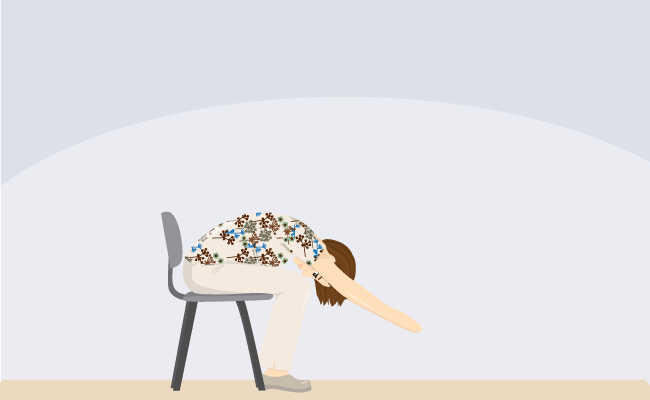
Sit comfortably on a chair, feet on the floor just wider than hip-width apart. Fold your torso over your lap, extending your hands forward and down. Allow your head and neck to hang loosely. Breathing in through the nose and out through the mouth, hold this position for 15 breaths and slowly return to a seated position.
This stretch effectively lengthens and takes pressure off the erector spinae and quadratus lumborum which are the two main culprits of low back pain.
-
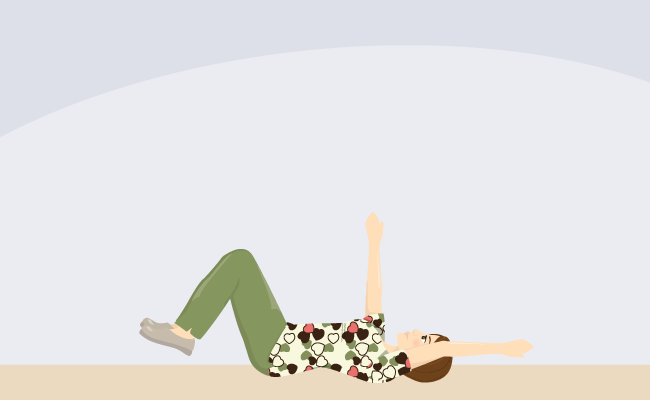
Begin lying on the floor on one side in fetal position (similar to child's pose) with your arms forward and perpendicular to the body. Stack your hands on top of each other. Keeping your fingers as close to the floor as possible, stretch your top arm and gently move it along the floor in a half circle above your head and around to your lower back as you inhale deeply. Then, slowly move it back in the same direction, again breathing deeply. Repeat four times with deep breathing, then switch to the opposite side. This exercise helps you gain flexibility in your shoulders and increased range of motion.
-
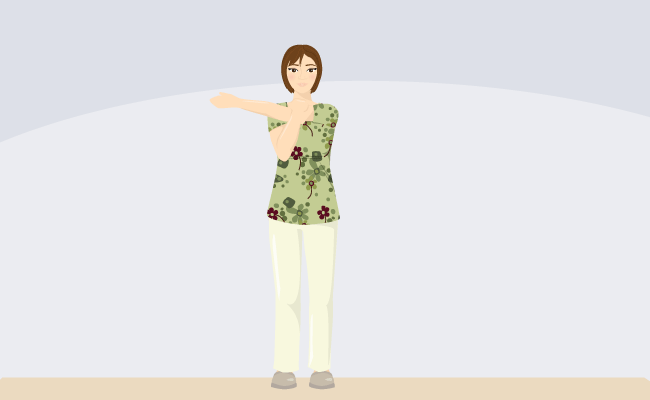
Move the affected arm across your chest. Using your other arm placed proximal to the elbow, guide the affected arm into a deeper stretch. The posterior deltoid can become painful during overexertion or overload, such as lifting or moving patients.
-
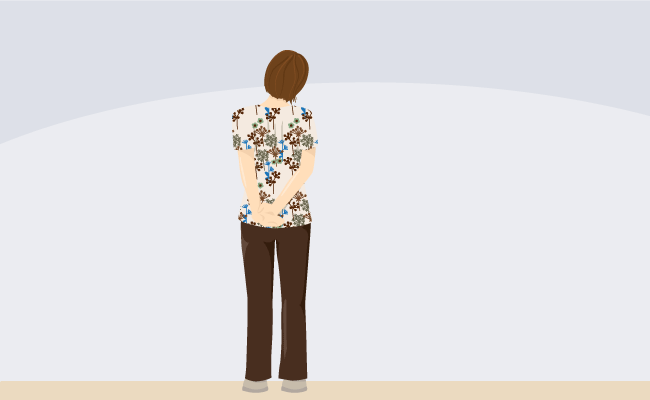
Tilt your head toward the unaffected side leaning your ear toward the shoulder. While holding that position, hold the wrist of the arm from the affected side and gently pull. This should pull down the affected shoulder giving a greater stretch to the trapezius and lengthen the neck. If you cannot reach your arm from behind your back, try using a folded disposable hair net or a pair of latex gloves to lengthen your reach. Some of the causative factors for a tight trapezius are prolonged lateral flexion of the neck and/or elevation of the shoulders. Examples of this could be tilting your head during patient care activities, or holding a phone between your ear and shoulder for sustained periods of times.
-
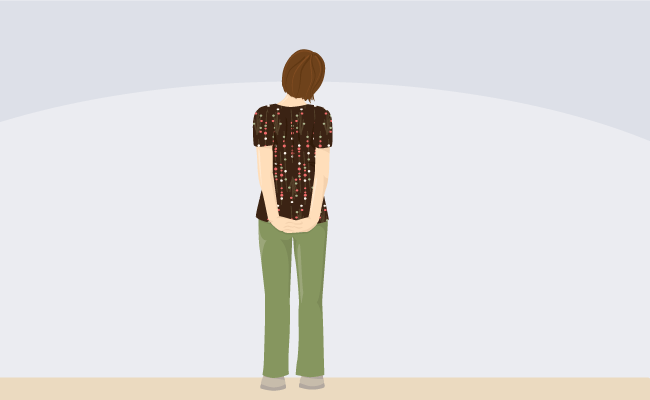
Tension Headache - Try this stretch from a sitting or standing position. Clasp your hands behind your back, rolling your shoulders back so that your chest puffs out. With the chest open, gently tilt your right ear down toward your right shoulder. Keep reaching your right ear toward your right shoulder and allow both shoulders to be relaxed. Breathe in slowly through the nose to emphasize opening the chest and keeping the shoulders back. Exhale slowly through the nose and emphasize reaching the right ear down closer to the right shoulder. Hold for five breaths, and repeat on left side.
-
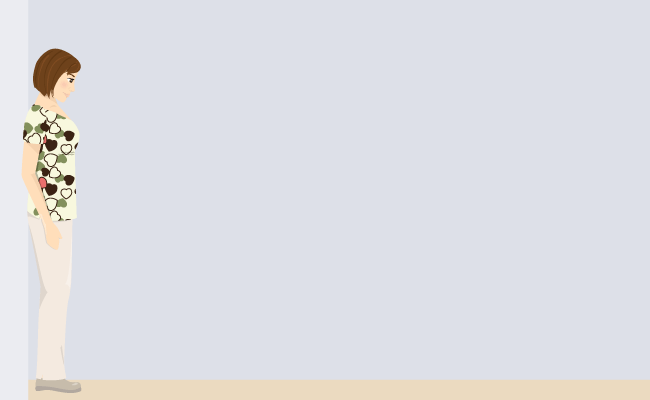
Headaches (Temple, Forehead, and Suboccipitals) - Allow your head to drop forward aiming your chin for your chest. Allow gravity and the weight of your head to stretch the posterior neck muscles. Envision lengthening your neck to avoid pushing your chin into your throat. This stretch can be held for a count of 10 to 15. Whether your shift is 8, 10, or 12 hours, being on your feet and holding up an eight pound head on your neck can cause your cervical muscles to contract causing headaches and neck pain.
-
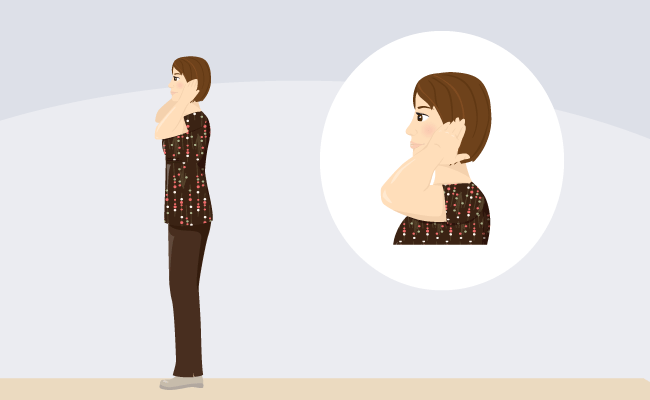
Headaches (Temple and TMJ) - Gently press fingers into the temporalis (just posterior to the temples and above the ears). Open the mouth wide and inhale. During the exhale, press upward into the muscle. Repeat 4-6 times. Temporal headaches or temporomandibular joint pain causes can include forward head posture or overuse of the muscle due to jaw clenching, gum chewing, or bruxism.
 You can do these stretches in minutes, right in the workplace. Pick your problem area on the left or find a hotspot on the image above, then select the stretch. Our Scrubs mag nurse will show you how to perform it!
You can do these stretches in minutes, right in the workplace. Pick your problem area on the left or find a hotspot on the image above, then select the stretch. Our Scrubs mag nurse will show you how to perform it!




















